PCB manufacturers will attach a description of the processing technology when making the PCB. One of the most important ones is to indicate the surface treatment technology of the PCB. Different PCB surface treatment processes will have a great impact on the final quotation. Then let’s understand the applicable places and practices of each surface treatment in order to select the most reasonable surface treatment method and achieve high cost performance.
1. HASL
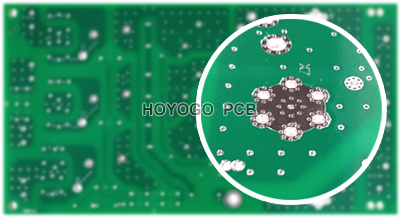
Applicable occasions: The HASL process, which was once been dominated in PCB surface treatment, is an excellent process for larger parts and larger pitch wires.
Practices: A tin-lead solder is applied to the surface of the PCB, and a hot air leveling process is used to form a coating layer that is both resistant to copper oxidation and provides good solderability.
2. OSP
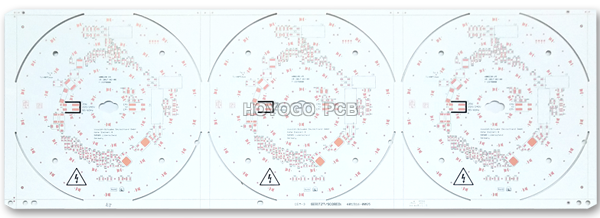
Applicable occasions: The OSP process can be used on low-tech PCB or high-tech PCB, such as single-sided TV PCB and high-density chip package boards. For the BGA, there are also more OSP applications. The OSP process will be the most ideal surface treatment process if the PCB has no surface connection functional requirements or storage period limitations.
Practices: A layer of organic film is chemically formed on the clean bare copper surface. This film has anti-oxidation, thermal shock resistance and moisture resistance, and is used to protect the copper surface from rust and oxidation in the normal environment. At the same time, it must be quickly removed by the flux in the subsequent welding high temperature for welding;
3. ENIG
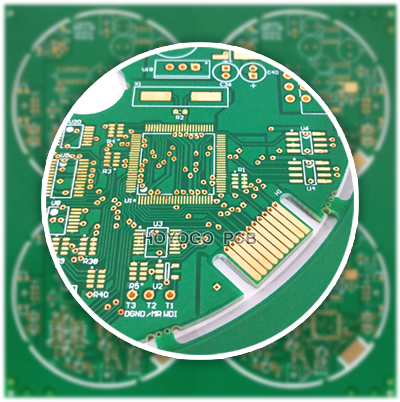
Applicable occasions: It is mainly used on PCB with surface connectivity requirements and long storage periods, such as keypad of the mobile phone, the edge connection area of the router housing, and the electrical contact area of the chip processor elastically connected.
Practices: Wrap a thick layer of nickel-gold alloy with good electrical properties on the copper surface to protect the PCB for a long time. Unlike OSP, which acts only as a rust barrier, ENIG can be very useful and achieve good electrical performance during long-term PCB use. In additional, it also has environmental tolerance not available in other surface treatment processes.
4. Immersion silver
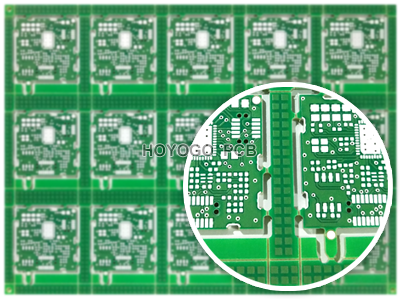
Applicable occasions: Immersion silver is much cheaper than immersion gold. It has excellent flatness and contact. If the PCB has connectivity requirements and needs to reduce costs, immersion silver is a very good choice. In terms of communication products, automobiles, and computer peripherals, immersion silver is used a lot, and it has also been applied in high-speed signal design. However, the immersion silver craft also existing flaw, such as tarnishing, solder joint voids, etc., so its application rate is growing slowly.
5. Electrolytic Nickel Gold (plating gold)
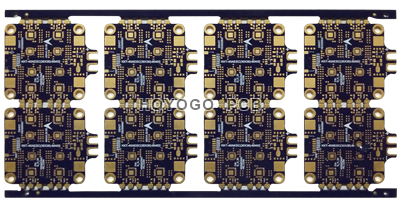
Applicable occasions: Nickel plating is used on the PCB as a substrate coating for precious metals and base metals. For some single-sided PCB, nickel is often used in a surface layer. For heavy-duty wear surfaces, such as switch contacts, contacts or plug gold, nickel is used as a gold substrate coating to greatly improve wear resistance. When nickel is used as a barrier layer, diffusion between copper and other metals can be effectively prevented.
Practices: After nickel plating on the surface conductor of the PCB, gold plating is performed. Nickel plating is mainly to prevent the diffusion between gold and copper. Nowadays, there are two types of electrolytic nickel gold: plating soft gold and plating hard gold. Soft gold mainly used for gold wire when chip packaging; hard gold is mainly used for electrical interconnections in non-welded places, such as gold fingers.
6. Immersion Tin

Applicable occasions: The appearance of the immersion tin process is the result of the requirements of production automation, and it is particularly suitable for the backplane for communication. It needs better storage conditions. In addition, because immersion tin process contains carcinogens, it is limited.